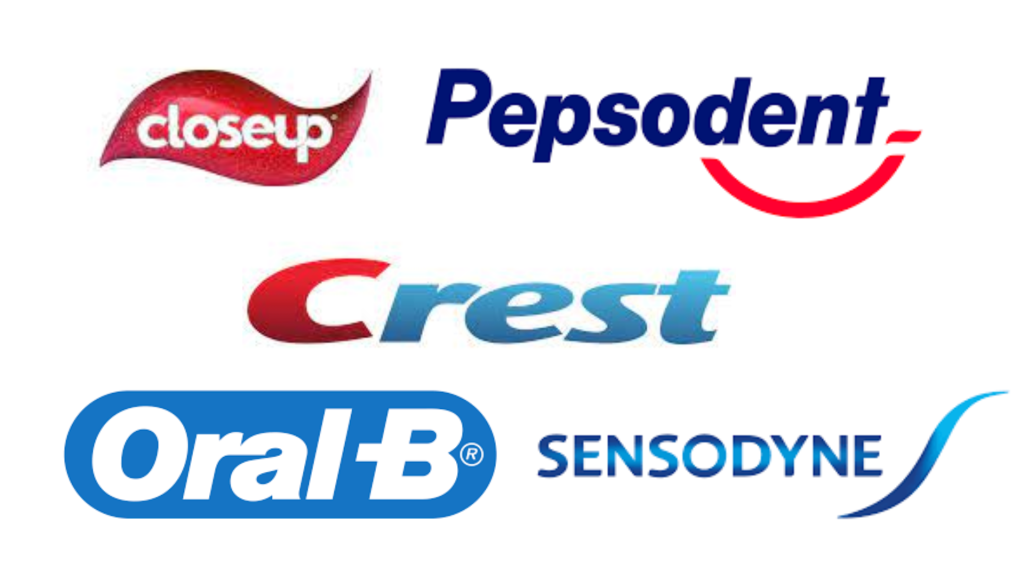Maintaining good oral hygiene is not just about a sparkling smile, but also about overall health and well-being. This translates into a booming market for oral hygiene products, projected to reach a staggering USD 54.9 billion by 2026. As consumers become increasingly conscious of their health, the demand for innovative and effective oral care solutions continues to surge. Let’s delve deeper into the market size, share, key players, and evolving trends shaping this dynamic landscape.
Market Size and Growth:
- Global Value: The oral hygiene products market stood at an estimated USD 47.2 billion in 2021, showcasing its substantial size and economic impact.
- Growth Trajectory: With a projected CAGR (Compound Annual Growth Rate) of 3.1% from 2021 to 2026, the market is expected to witness steady expansion in the coming years.
- Regional Powerhouses: Asia Pacific currently holds the largest market share (34.4%), followed by North America and Europe. This regional dominance reflects the growing awareness and purchasing power in emerging economies within Asia Pacific.
Market Research Unveils Growth Drivers:
Several factors are fueling the market’s growth:
- Rising disposable income: Increased spending power, particularly in developing economies, empowers consumers to invest in premium oral care products.
- Growing awareness: Increased understanding of the link between oral health and overall well-being fosters proactive care and adoption of various oral hygiene products.
- Technological advancements: Innovations in electric toothbrushes, smart oral care devices, and specialized formulations like whitening or sensitivity-reducing toothpastes attract a diverse range of consumers.
- Aging population: The growing geriatric population often requires specialized oral care products to address specific age-related oral health concerns.
Market Players: A Diverse Landscape of Competitors

The oral hygiene products market features a mix of established players and emerging brands:
- Global giants: Companies like Procter & Gamble (Crest, Oral-B), Colgate-Palmolive, Unilever (Pepsodent, Close-Up), and GlaxoSmithKline (Sensodyne) hold significant market share due to their extensive brand recognition and global distribution networks.
- Regional powerhouses: Established regional brands cater to local preferences and cultural nuances, offering a strong presence in specific markets.
- Emerging niche players: Focusing on specific segments, such as natural and organic formulations, targeted solutions for sensitive teeth or gum health, or subscription models, these players cater to evolving consumer demands.
Market Trends Shaping the Future:
Several key trends are reshaping the oral hygiene products market:
- Personalization: Consumers are seeking customized solutions based on their individual oral health needs and preferences.
- Focus on natural ingredients: The demand for natural and organic ingredients in oral care products, free from harsh chemicals and artificial additives, is on the rise.
- Technological integration: Smart toothbrushes, interdental cleaning devices with Bluetooth connectivity, and mobile apps offering personalized oral care routines are gaining traction.
- Sustainability concerns: Eco-friendly packaging and responsibly sourced ingredients are becoming increasingly important factors influencing consumer purchasing decisions.
Maintaining a Healthy Smile: The Takeaway
The oral hygiene products market offers promising opportunities for businesses that can adapt to evolving consumer needs and leverage innovative technologies. By understanding the market size, growth drivers, key players, and emerging trends, companies can develop compelling products, cater to diverse segments, and contribute to promoting oral health for individuals worldwide.



